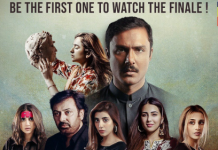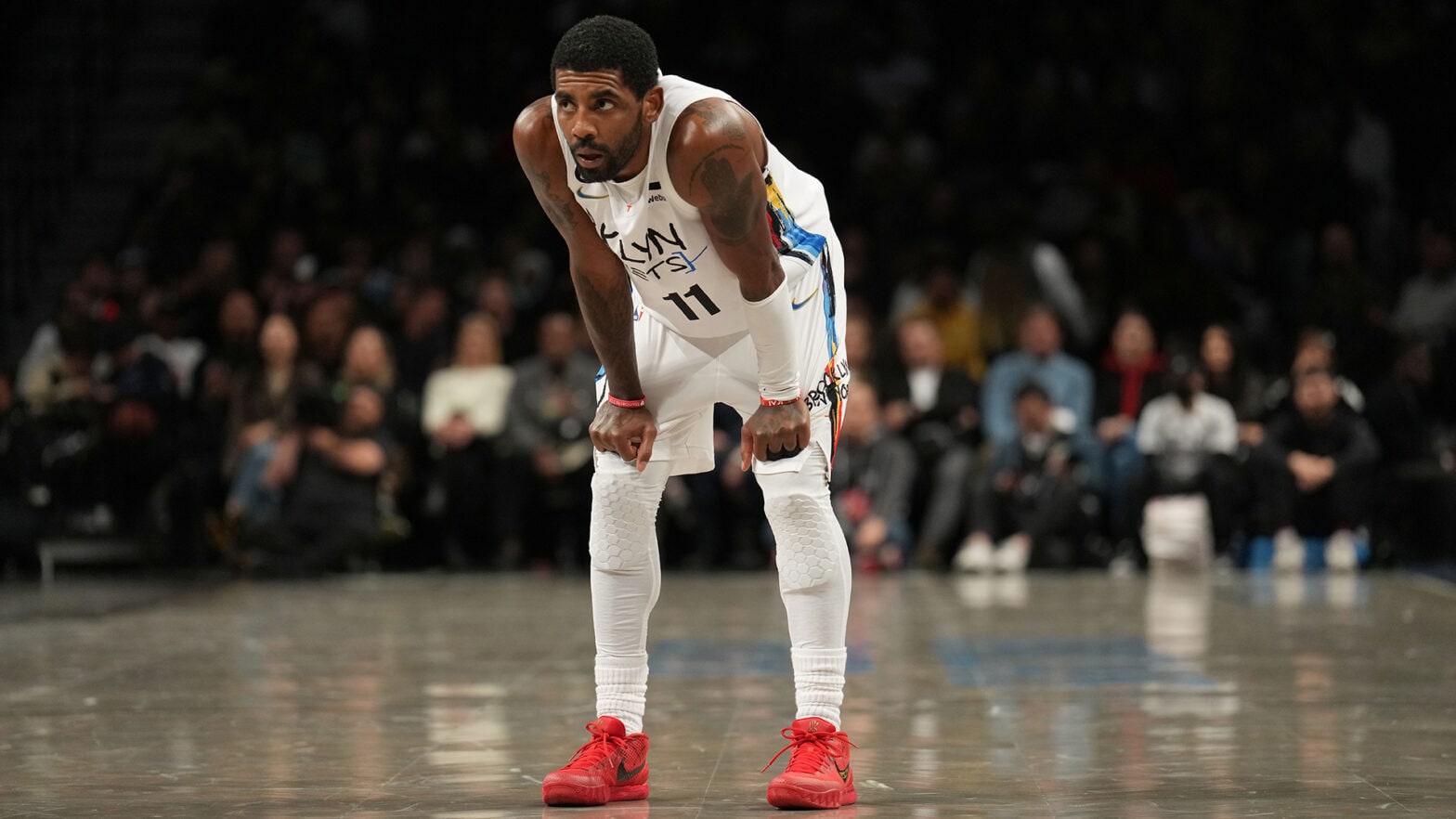Elle Fanning has grown up on screen, starring in dozens of movies since her film debut two decades ago. Starting in 2020, she’s gained acclaim as Empress Catherine II in Hulu comedy “The Great.” But two weeks after wrapping production on Season 3, she dove into a much more serious project, Hulu’s “The Girl From Plainville,” playing another real person: Michelle Carter, the teen who was convicted of involuntary manslaughter for encouraging her boyfriend, Conrad Roy III, to end his life.#
Girl From Plainville’s Elle Fanning Never Contacted Michelle Carter
The case played out in the media when Carter was indicted in 2015. Fanning is also a producer on the eight-part series, now streaming, which takes a deep dive into the relationship between Carter and Roy (portrayed by Colton Ryan) — the side of the story that didn’t make any headlines.
Why did you decide to take this on so soon after “The Great”?
I remember watching the case. I was 19. The media painted this situation in a very one-dimensional way: She was the black widow — a manipulative young woman — and he was the victim, which he very much [was], but we didn’t get to know him. We didn’t get to know Conrad or his backstory or see the amazing man he was. When they came to me to possibly do this and be a producer, I was hesitant because [most of] these people are alive and this is a story that is very sensitive, and I really had to think hard if it was the right thing to do. Ultimately, I decided to do it because the people involved are people that I knew cared about it that way. I felt that we could tell this story in an unbiased way, in a very modern world about something that is very modern: technology and how to navigate that and the false intimacy that it creates for everyone, which I certainly have experienced.
What steps did you take to embody Michelle Carter?
I watched a lot of “Glee.” She was a huge “Glee” fan. I had seen the show, but I watched a lot of it on set. Reading the pilot, in the last scene she’s singing “Make You Feel My Love,” mimicking [“Glee” star] Lea Michele’s grief. Lea’s grief was real in the show; she’s also mourning her real-life boyfriend [Cory Monteith, who died in 2013]. I’ve never met her, but I know every mannerism that she does in that scene. I have a legal pad of notes. I wrote down every time she blinked, every time she moved her hand with each word, to mimic the emotion. It was a real exercise. I felt really connected to her, because I feel like I’ve seen her grieve. It was very meta.
Did you speak to anyone involved in the case?
I did not. I didn’t feel that it was appropriate for me to reach out to Michelle. I know that [creators] Liz [Hannah] and Patrick [Macmanus] spoke to people on the Roy side. It just wasn’t something that I felt like I needed to for my part. I am playing a real person, but it’s our version of her and it is a character. At the end, you want to bring sensitivity to the story, but then, also, I had to remove myself.
What was the toughest part of the process?
It was a difficult process. It was a challenge. I think the toughest part was to balance the fiction and reality. That’s a theme throughout our show — balancing fantasy and reality. This is a real story, and you need to be sensitive to that, but then we have to also create a show and think about things in a cinematic point of view. Being a producer on it, I was able to have more responsibility and watch edits and collaborate to make sure that it didn’t feel one-sided. I just wanted to tell the truth of it and show these people for more of what they were, not what the media portrayed [them to be] to all of us.





![Lucky With You 03 [ENG SUB] (Johnny Huang, Claudia Wang) | 三生有幸遇上你 Lucky With You [ENG SUB] (Johnny Huang, Claudia Wang) | 三生有幸遇上你 - Best Korean Drama Series](https://newstodaywire.com/wp-content/uploads/2022/01/lucky-with-you-218x150.jpg)






![Katie Sigmond Wiki Tik-Tok Star Age, Family, Biography, Ethnicity, Boyfriend, Parents, Latest Images Katie Sigmond Wiki [Tik-Tok Star] Age, Family, Biography, Ethnicity, Boyfriend, Parents, Latest Images](https://newstodaywire.com/wp-content/uploads/2022/01/katie-sigmond-218x150.jpg)










